![‘Bee And Puppycat’ Creator Natasha Allegri Talks Art, Anime, Sparkles And Dessert [Exclusive Interview]](http://townsquare.media/site/622/files/2014/08/Untitled-167.jpg?w=980&q=75)
‘Bee And Puppycat’ Creator Natasha Allegri Talks Art, Anime, Sparkles And Dessert [Exclusive Interview]
Natasha Allegri is leading a movement. A quiet, earnest, doe-eyed movement to be sure, but one that is unstoppable, and unquestioningly vital. Bee and Puppycat, her already widely beloved series produced for Frederator's Cartoon Hangover channel, is about to relaunch, to widespread fan salivation. Her social media accounts swell with more and more followers every day. Puppycat plushes and inflatable swords were everywhere at San Diego Comic-Con, as was cosplay and fan art.
Allegri's work, in its sincere, unfailingly sweet way, has announced to the world that animation aimed at an adult (or at least teen) female audience is not just viable — it is a verified path to critical and commercial success. ComicsAlliance sat down with her at SDCC to discuss her success, the importance of cuteness, and what we can expect from the new Bee and Puppycat animated series.
Bee And Puppycat Pilot Episode, Part One
ComicsAlliance: Something that I think is really interesting about Bee and Puppycat is that it's emblematic of a shifting paradigm in comics and animation. Specifically, that it doesn't draw on '70s and '80s references and nostalgia in culture in the way that a lot of comics and cartoons do. One of the things that I touched on in my article was that I was born in 1990, so I see it and I'm like, "Oh, this is totally built on the foundation of magical girls and all the anime that I grew up with," instead of, "Oh, this is going to reference The Neverending Story" -- not that I'm not a fan of The Neverending Story.
Natasha Allegri: It's a great movie!
CA: It's a great movie but it was speaking to a generation that didn't grow up with American comics as much as they grew up reading Fruits Basket and and soccer and stuff. I might sound a little pretentious, the visual grammar of Bee and Puppycat is very different and very based upon that instead of what came before in the US; it's not built on the shoulders of Stan Lee and Jack Kirby.
NA: When I work on stuff it's as personal as I can get and I can only kind of vomit out the media that I've absorbed. My Grandmother is Japanese, so she would give us all this manga, and when we were younger we watched - she's super Christian - she would make us watch these Bible cartoons, but it was still anime because that's what she like and that's what she would let us watch. That's the official style that's most appealing to me and that's what I try to draw, it's not always successful but me and my sister, we would get the Ranma 1/2 books and you know how she draws the full flesh - just no panel in the background - we were like, trace that - that was the ideal kind of drawing that I wanted to do. I didn't grow up with a lot of American media - we didn't have cable until I was in High School and until then I just watched VHS of anime, read manga - I was into Garfield though, because that was in the manga section of Barnes & Noble - or manga was in the comics section, so it was either/or.
But, that's what's most appealing to me because I like really slice-of-life character driven stuff and I feel like a lot of manga - at least, the ones that I was into -- it's just their everyday life, that was my favorite stuff. I don't want to work on something that's something I'm uncomfortable with. I don't think I could ever tell an amazing plot driven story, but I like small character moments, I like watching people talk and I try to copy that and character interaction is really important to me.
CA: It's funny you say that, because privately - Bee and Puppycat has randomly really reminded me of Oh My Goddess.
NA: Aw, yeah! I love Oh My Goddess. Thanks!
CA: It was one of the first global comics I read that wasn't just from the US. Specifically in the way it's like, "Oh, something like magical and fantastic is happening but - here I am in my daily life, going to college and stuff like that - let's go to the grocery store with my cute goddess girlfriend."
NA: Yup, there's pages of her just making soup broth. So awesome.
CA: I really love that you see that in manga and I love that you see that in Bee and Puppycat, where it's like, "Oh, this fancy element exists but there is so much care and attention given to the rhythms of daily life." So like, "Let's go grocery shopping!" or like, "Let's have a party!" I was really like, "Oh my god, a storyline where it was a New Year's party and there was like a cursed board game going on."
NA: Right, because they were trying to use their powers to make the party interesting - I think is what I remember? Or maybe that's another manga. Was Skuld in it? Was she using --
CA: No, she wasn't in it yet actually.
NA: Alright, then I don't know what I'm talking about then (laughs).
CA: No, no but I know what you mean. I always really love that there was equal attention given to little rituals like that and it wasn't super action all the time. Which I mean, has a time and a place.
NA: I love action stuff, but I can't spend years working on that -- if I'm allowed to, I would love to do grocery shopping, or changing the towels in bathroom.
Bee And Puppycat Pilot Episode, Part Two
CA: I know that when it first came out on the Cartoon Hangover YouTube channel, I was staying with a friend of mine and she comes over and she's like, "You have to watch this right now, oh my god - it's really good, but I can't articulate why. It's about this girl and she has really big hair and this animal comes out of the sky and she goes to a temp agency." So I watched it and I was like, "Oh my god, yeah. I totally get it!" and when the second one came out and everything we're seeing from its re-launch, it has that same resonance and it's like mundane -- but not in a bad way. It finds humor, entertainment and meaning in "The boy you think is cute bringing you food" or, you know, "Deciding to make a cake with him" or "You going on a magical space adventure, but actually it's just baby sitting a giant fish."
I think in a lot of ways, there's a lot of entertainment coming out like that right now from this - I feel so pretentious saying this - this generation --
NA: No, I understand - yeah.
CA: That I think is kind of a reaction in some ways to a lot of what was big in the '80s and '90s stuff that was super action all the time. And It's more content to take a breath and examine characters in their own way. I personally think that's really cool.
NA: I agree because I think a lot of people who are working in cartoons now are taking a more personal approach where they're putting things like... I know that for Adventure Time, a lot of people put their emotional baggage [in the show]. Maybe it's cathartic to put it into a [story]board and those are the best boards because you can take any subject - something boring or something really fantastic, but it's how you put it into the story yourself and if it's not personal - it turns into something that I feel certain people won't like it, certain people won't [identify with]. I think now that's more important than ever. Because there's been so many stories told but now something important to me is learning about people -- how they see things and a personal cartoon is awesome.
CA: I think that's something that's made Adventure Time and the cartoons that I lump together in my head with it like Steven Universe and Bee and Puppycat - I think that's what makes them so strong - that they're taking these crazy fantasy elements, but basing them in these really strong, resonant, yet simple character moments. I think that appeals to people across age and gender, all that kind of stuff. My little sister is 12 and she's been totally obsessed with Adventure Time since she was 9 or 10 and I go to places like [Comic-Con] and I just see adults and older kids who are into it and there's that weird condescension you get from a certain kind of adult nerd who's like "This stuff isn't really for kids."
NA: Well, there's different parts. Everyone takes away something different from it, you could say that about anything.
CA: I think that stuff like those three shows really prove that, because what I'm taking away from those kinds of things isn't necessarily what my sister is taking away, but we're both getting something out of it. I think that appeals to everybody in a really cool and interesting way. I think one of reasons Bee and Puppycat really succeeds is that it's totally unapologetic about being really girly.
NA: Yeah, that's my favorite aesthetic. I put bows on everything -- I love 'em. I think it's really pretty. I put guys in bows. I think it's because my favorite anime is Sailor Moon, where everyone is really pretty. Ranma 1/2 is really action-y, but it's still very feminine and I don't think of it as a character trait so much as the kinesthetic choice. But, yeah -- sparkles -- I just really like it, I put it everywhere.
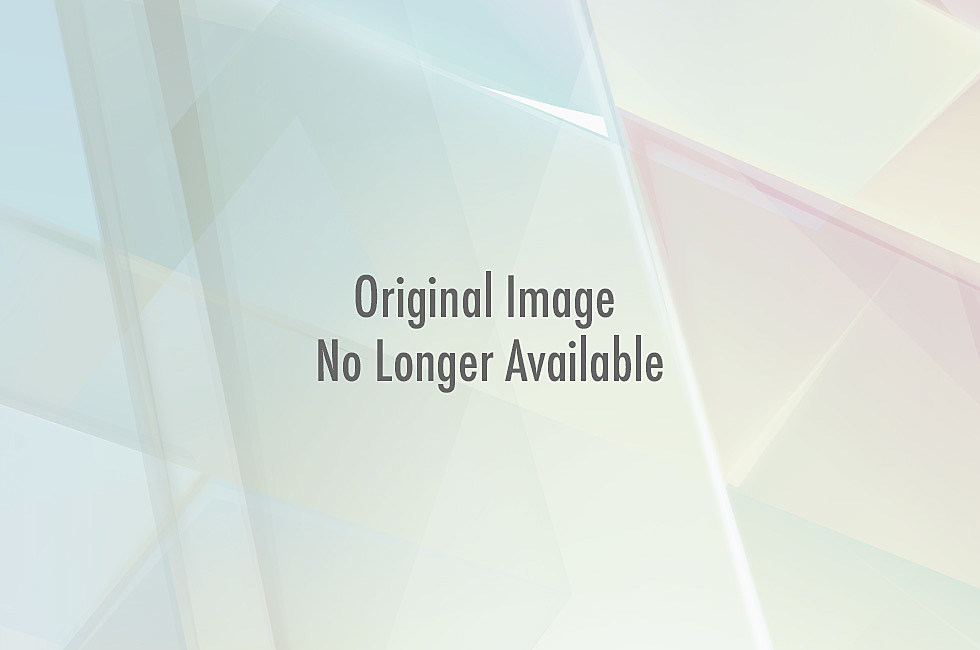
CA: It's something that I knew really drew me to Bee and Puppycat, because for a long time, especially when I was getting into comics -- and I know I've encountered a lot of female comic fans and female animation fans that have had the experience of having to apologize for liking Sailor Moon, or liking Rainbow Brite.
NA: That happened to me when I started working in Cartoon Network. There's a table where they put free stuff and there was Sailor Moon stuff and I remember running up and being like, "Oh my God, I can't believe it's all here" and I was gathering it and someone else is like "Why do you even like that?" I remember being like "Uhh" and just putting it back, then coming back later and grabbing it. It was the paper cut-out dolls - it was old stuff.
CA: I think of this generation of creators that's just emerging now and making their mark... and I know that with Bee and Puppycat, that aesthetic and not having to apologize for liking it is really huge and I love that it's coming into comics more and more, because for a really long time I was like, "I'm just not going to mention all the shoujo manga in the back of my head because it's not cool, it's not cool to like something with a bunch of flowers and sparkles and stuff," and you have to impress people and a lot of that stuff that teenage girls like in general is seen as silly and frivolous.
NA: Yeah, I noticed that too. I remember being ashamed of everything I was into in high school and then eventually I think I got so drunk when I started working that it didn't matter. I had no filter, it was like "I love anime, I love it -- I don't care!"
CA: I think I see that a lot in Bee and Puppycat, and especially with the new look you've given them for it -- it's even more adorable. Now she wears a big pink skirt and knee socks and it's really cute and everybody is really round and the lines are really thick and they're just adorable people in an adorable world and I really like that. I like that it's just totally un-apologetically cute and pastel. I think that's the case of Steven Universe, where their outfits really remind me of Sky Dancer dolls.
NA: Have you ever seen the show? It was on Netflix, I was so into it. It was so slang - the guys were the funniest thing in the world. There's one thing they kept saying where I was like, "I don't even think that's a real word." Oh, man!
CA: I think Steven Universe reminds me of Sky Dancers and it's all really pretty and crystal-y and all the backgrounds are really sparkly. It's part of a real paradigm shift in comics and animation. It's not just something we're going to see more female creators and artists and writers participating in this industry, but they're also going to be bringing unapologetically girly things along and ultimately what needs to happen is they need to have the choice to be girly or not girly, but we need to stop shrinking away from things that aren't ultra-masculine 100% all the time. I think that Bee and Puppycat is a big part of that and I just think that in being really early and referencing manga and anime as opposed to '70s X-Men and being launched on the Internet -- as activists say, being born a digital creation -- I think it's really emblematic of everything that's changing right now in a really interesting way. I like totally coming home with the first two issues of the comic for my little sister and she didn't even grow up with Sailor Moon, there's like enough space between us that she didn't, but I know that she'll get it.
NA: Awesome! I hope so.
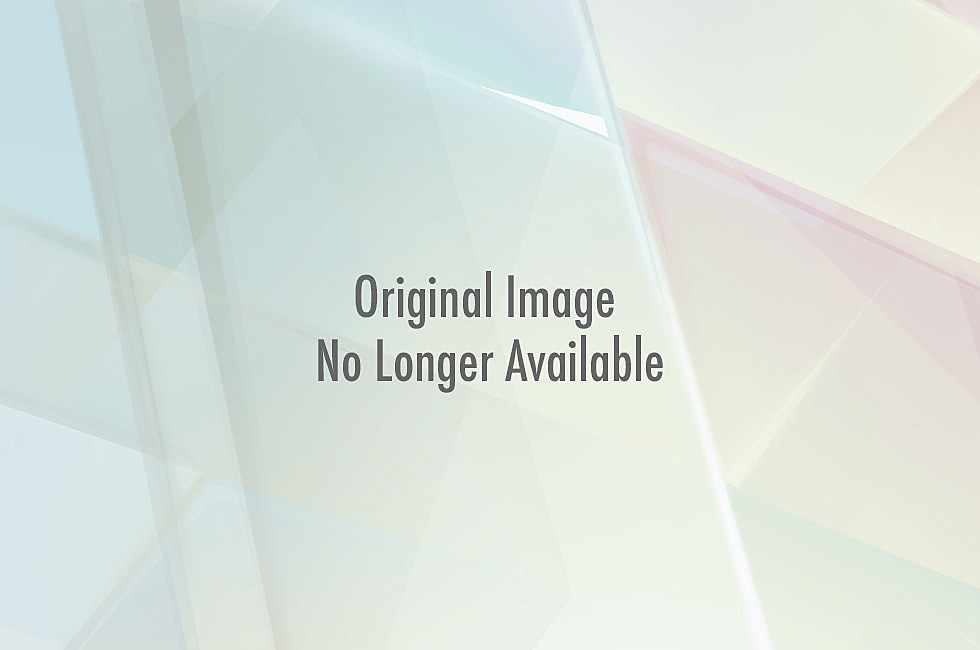
CA: With Bee and Puppycat - the animation relaunch - what went into changing the things that you ended up changing and preparing it for a big, wide release?
NA: First, I want to say thank you because you're making me think about my show -- stuff I didn't even think about on my own. But, the aesthetic changes: the first one, I did it all by myself and I was rushed. I couldn't draw the way I wanted to, but with for this new one we can hire people, and all these people I admired agreed to work on it. I changed stuff just to try it out. The thick line was something we tried; we might change it a little bit because it's gone all the way to the super thick side because we're using color lines. Art director Ephraim Farias, that was his idea. On the first one I was like, "Only black line, I don't want any color line, I don't want it to look like that!" But then he did a pass and it was really gorgeous so it was like, you can do whatever you want! The backgrounds started to be more important.
I think it took over two years in total for Bee and Puppycat - the pilot - so over those two years I've learned a lot of stuff and something that's become important to me that wasn't before was atmosphere. I started learning that you can tell a story in background that you don't have to tell it until later. We completely changed the stuff in Bee's apartment because there's a story about her in the apartment. We never have to address that stuff if we don't want to, but you get to know her personality from the space, which is awesome, and we're doing that with everyone. Like Deckard's room. It looks really opulent. But the idea is, all those plants in his room, he's a chef so it's all herbs. They tried to model as much as they could off of plants that they know chefs use. Atmosphere is very important. Ephraim knows a lot about how color and lighting can change the mood. To me, color wasn't that important before. But you learn more and more and you try to put as much as you know into what you're doing. It makes it more interesting.
CA: How much of you and your life goes into the Bee and Puppycat, like are any of the characters people that you know? Would you say that you're like Bee at all?
NA: I wrote Bee after someone that I would admire or would want to be around. I want to make likable characters. So, it's like bits of my friends, people that I know, people that I like in media - compiled together. I wrote Bee for the actress because she had done this amazing commercial and then she had really cool shorts - so it's like, she's really cool, I want to make someone cool like her. Other people are people that I think are strong characters, interesting, and then if they're weak it's something that you want to show isn't necessarily a weakness - like, you want to show people that are still likable even if they're not a total badass. Because everyone is so multi-faceted that you want to show as many different kinds of people as possible.
Have you heard of the movie The Room? I was really into it! In the past week I think I've watched it 20 times - like four times a day maybe. I love that movie and I didn't know why I liked it. And then I started reading about the cast and the director, Tommy Wiseau, in the book, The Disaster. One of the actresses was like, "Why would my character do this, it makes no sense?" and Tommy was like, "Why does anyone do anything?" and I was like, "Ohhhh!" So yeah, it's easy to say, "Oh, a character would never do this," but people do things that they don't even know why sometimes, and I like to show that too.
Sorry, I just wanted to talk about The Room really bad.
CA: I think that because people's actions and dialogue - all these things that probably can't feel very natural to me - they feel like people I know.
NA: Thank you! Yeah, that's a great thing to hear.
CA: Everybody in Bee and Puppycat has a really distinctive voice. What was the process for finding voices for these characters?
NA: The only person that we had to choose that I didn't know of was Tom Kenny -- he did the voice of the temp agent. I love Kent Osborne's voice; I used to work with him on Adventure Time. His laugh is a really distinctive laugh and it's really funny and he's really kind so he says really nice stuff and it's always nice to hear, even if you don't know what he's saying, you know he's probably saying something nice. So, his voice is super comforting and I wanted to use him and he agreed so, I was like "Oh, thank God!" Allyn Rachel, I'd wrote Bee for her. I picked her because she was so funny and her voice is also really distinctive, it's a really great voice.
Everyone I've picked, I really like stuff that they do and I already have in my mind what I perceive as their persona. I wrote the character Cass for Ashly Burch, actually. I was like, "Oh, I want a character like her - funny, smart, all together" - maybe it's a backwards process.
CA: What has it been like working on something that's really by you, as opposed to something that's being put together by a group like Adventure Time. Bee and Puppycat is so aligned with Natasha Allegri, and when I mention to people that I'm going to interview Natasha Allegri, they're like, "Oh my god!" They know who you are and your presence online is so linked with Bee and Puppycat - what is it like to do something that's so individual on that level?
NA: It's really intimidating because when people don't like it, it's hard to not take it like "Oh, I f*cked up - what did I do?" You feel really bad about it. I remember doing the pilot, I had a mini meltdown because halfway through I started doubting it and I was like, "People are going to hate me if this comes out" It's hard putting your name on something, but it's really lucky because Cartoon Hangover - they don't try to change stuff, which is something I've never heard of like that. They've only asked to change a couple things. In the pilot they didn't want her to swear, and I'm glad that they did that. They were like, "It takes you out of it" and I was like, "Everybody swears, no way!" But I'm glad because my little sister watched it and she's 5 so... that would have been horrible. But since they don't change anything [major], I can't be embarrassed or ashamed because it's all my stuff and it's choices I made; no one else has made me make a different choice, so it's scary because if people don't like it, it's kind of like they don't like me -- which is fine because I'm on the other side of the computer. I can't do too much.
CA: When you first had the idea for Bee and Puppycat - did it look different than what we ended up seeing?
NA: Yeah. For some reason when I designed it, I drew it completely differently. I'm not a designer, so the pilot didn't look how I thought it would but. This time, I'm trying to keep [the new look]. I love the way it looks. I love the designers. Becky Dreistadt and Hans Tseng did the designs and I love the art, so of course everything looks how I wish it could look and the animation team is great, they're willing to listen and help me figure out how to make it look.
CA: Now there's a comic from BOOM! Studios. What has it been like to translate Bee and Puppycat to a totally different medium?
NA: I love doing comics. I tried to go to school for doing comics. I got to do the first two issues and there's a lot of work and a lot of other artists taking over, which is exciting. It's actually not too difficult because anything I've worked on, I've always made comics. I used to do journal comics in high school, I love them. But I do know that they're not as funny because without Allyn Rachel's voice there's a big thing missing, so it's a little different - but I get to do things that I think are really fun in the comic. You can stick on a facial expression, you can shorten the story, it's really nice and I love [both comics and animation].
CA: Bee and Puppycat is kind of just starting out so this is a big question but, what kind of legacy would you like to leave? Or, how would you like Bee and Puppycat to be remembered far off into the future when it's been done and dusted?
NA: I think I'd like it to be genuine. I'd want people to be like, "Oh, someone tried really hard." I'd also like it to be remembered as if you're talking to your dad. The feeling I want people to feel is like when your dad out of nowhere says something really corny, but you know that he's really emotional and genuine in it and you're embarrassed but you're also like, "Oh my God... mwah." That's what I want it to feel like. I hope anytime anyone watches an episode, they call their dad.
CA: I actually totally get that. It's very genuine in that way, it's really heartfelt.
NA: Yeah! Dads!
CA: I feel like social media has had a pretty big impact on Bee and Puppycat's success. And just in general, your entire presence online. I know an enormous chunk of my friends follow you on Tumblr. How do you feel about social media - and Tumblr especially - and its presence in comics and animation?
NA: Yeah, I love Tumblr, it's awesome. Before Tumblr, I had a Livejournal and that was what I was on all the time and it was really fun because you meet people who are interested in what you do, who can teach you how to be better, who are willing to talk to you about stuff. The Internet is just a platform to show what you're willing to share with people and that's the most important thing.
CA: BOOM! is really leading the way and bringing people over that are popular on Tumblr that have their own web comics into the established publishing world, and seeing people like Madeleine Flores do the back up in Bee and Puppycat... I remember being like, "That sounds familiar," and then realizing, "Oh, she does Help Us Great Warrior!" I'm seeing these people brought in in a way that they haven't before, and I'm seeing Internet fame - so to speak - really start to mean something because people realize that something is resonating with people that no one else is doing, so why shouldn't we tap that?
NA: BOOM! finds people who.... they're not finding one drawing, they're finding someone who is really funny or talented and they do stuff a lot, who's willing to show it to people. Because when you put something up on the Internet, you are asking to be judged by it. You have to be either brave or just excited about it -- those are the kinds of people that BOOM! wants to work with, which is awesome.
CA: Given all these changes - especially the ones Bee and Puppycat emblematizes - what do you think the comics and animation industries will look like in five, ten years? What do you hope they'll look like?
NA: What I hope is that there's more personal stories. I'm hoping for a perfect slice of life. My idea show is a person sitting and they have a really fancy dessert and they have to tell you about their day while they eat the dessert. Because you learn about someone by the way they talk to you, by the way they tell stories and what they remember from their day. So, hopefully that show will be out. More personal stories, those are my favorite. Sad stories, everything starting to get little more bitter-sweet. Like Steven Universe - there's some episodes where your heart is just [aching], but you kind of like that.
CA: The one where he randomly aged up and down, oh my god - that was so out of nowhere and intense.
NA: That one was intense - that's the perfect word. Stuff like that, which I feel like anime has been doing for a super long time. I mean, there's stuff in American media that anime hasn't touched yet and they're starting to, so learning from every source is awesome.
Bee and Puppycat season one is scheduled to premiere later this year. Issues #1-3 of the Boom! Studios comic book series are on sale now in finer comics shops and digitally from ComiXology.
More From ComicsAlliance

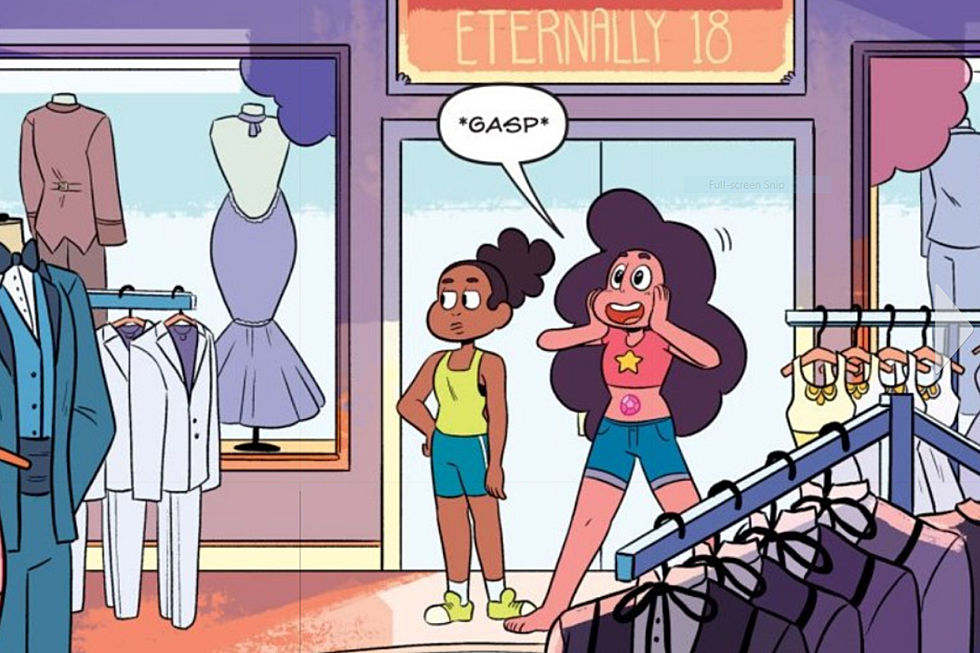
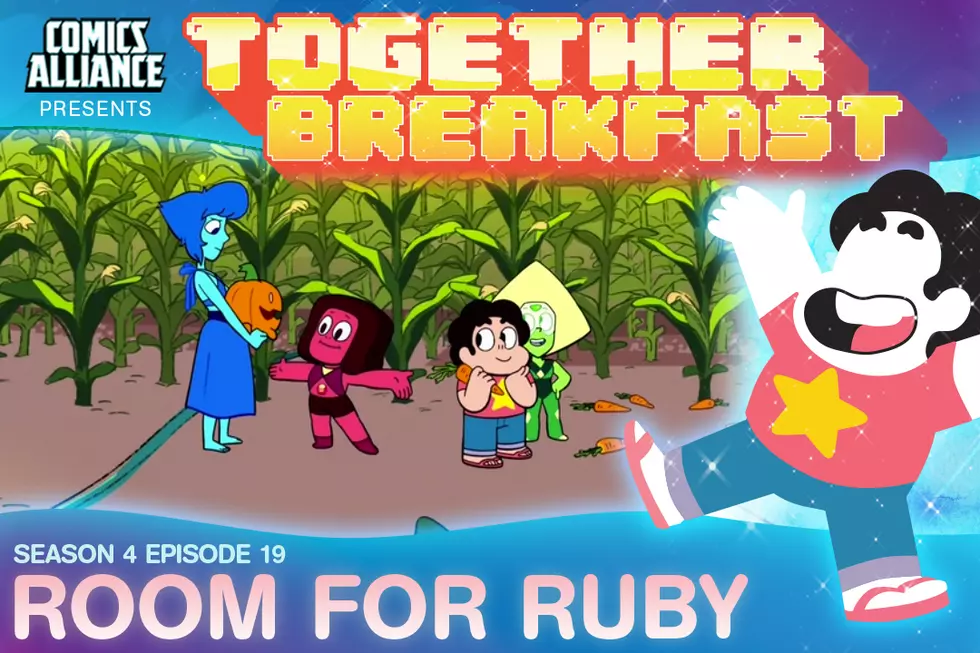
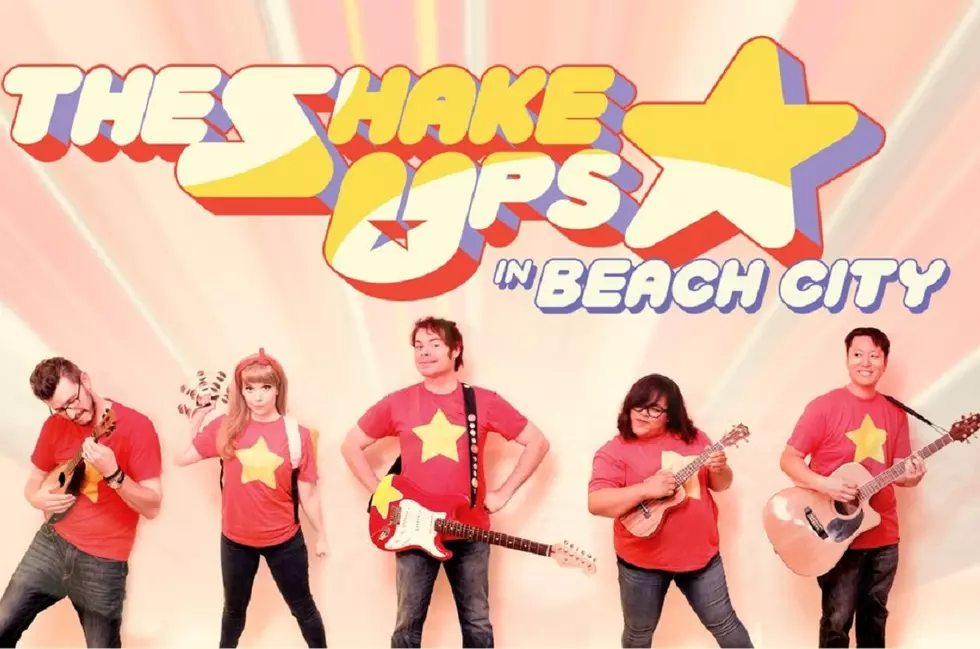



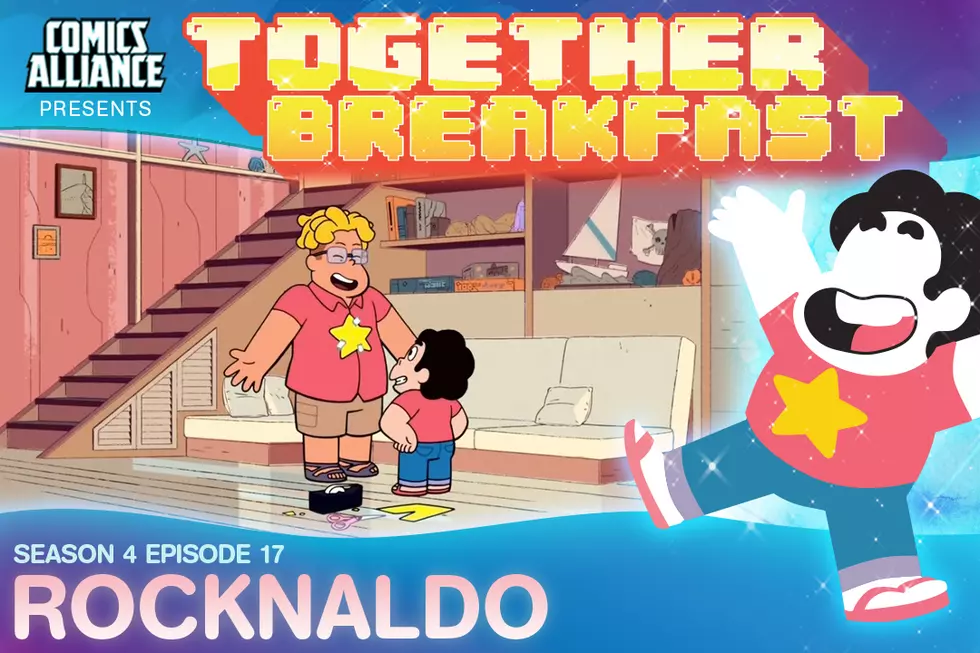
![One-Punch Man, Steven Universe and More Meet Their Destiny at McFarlane Toys [Toy Fair 2017]](http://townsquare.media/site/622/files/2017/02/IMG_2069.jpg?w=980&q=75)
